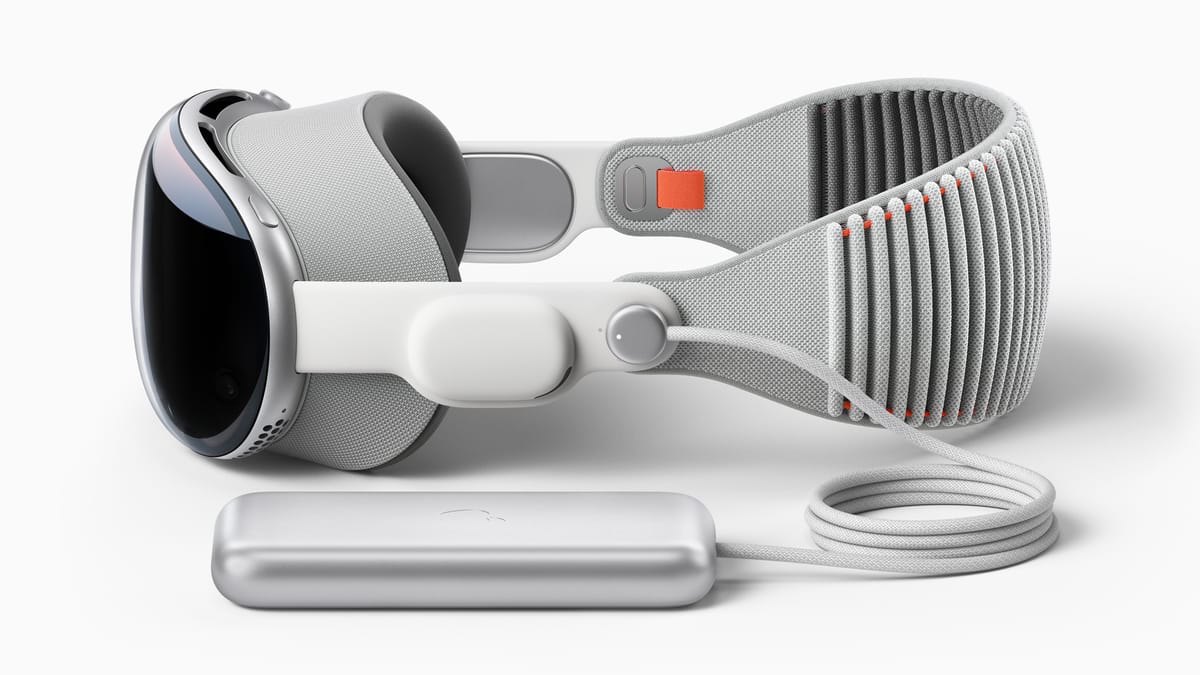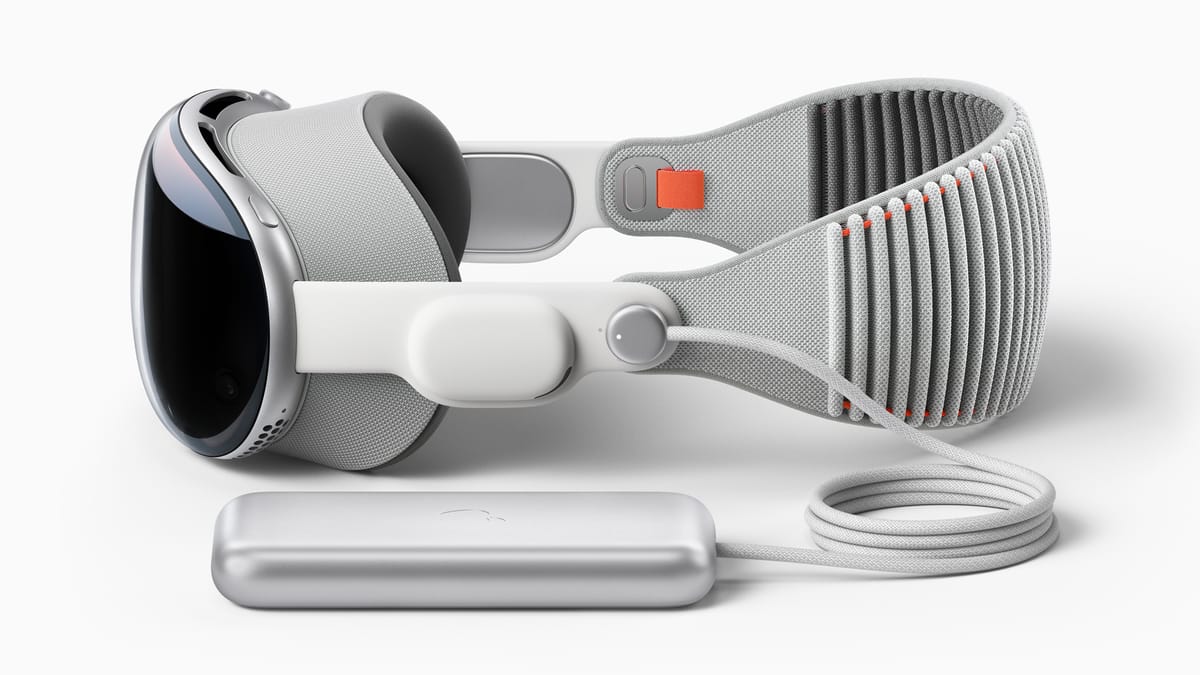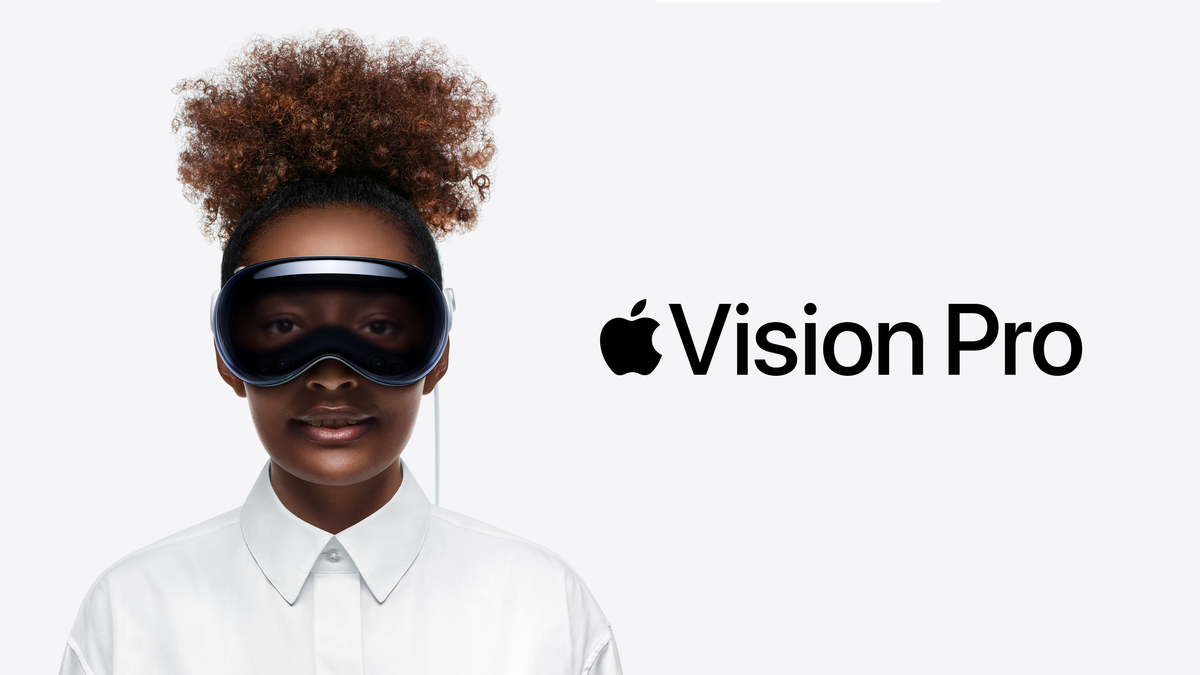
More details about Apple Vision Pro’s hardware specs may have leaked.
When announcing Vision Pro in June Apple revealed that it was powered by its M2 chipset (also used in Macs and iPad Pro), alongside a new R1 chip for processing sensor inputs. But the company hasn’t yet detailed which variant of the M2 is in Vision Pro, nor how much RAM it’s paired with.
Apple Vision Pro Full Specs, Features & Details
Read the full specs, features, and details of Apple Vision Pro here:

There are two variants of the M2 chipset. One has a 8 GPU cores while the other has 10 GPU cores. The higher tier carries a $100 premium when configuring a Mac with M2. Both variants have 8 CPU cores.
In a post on X, Bloomberg’s Mark Gurman, who reliably reported many details of Vision Pro before it was officially revealed or even acknowledged to exist by Apple, said he is “hearing” that it uses the model with 10 GPU cores.
That should make Vision Pro’s GPU at least 50% more powerful than even the overclocked Adreno 740 in Qualcomm’s new Snapdragon XR2+ Gen 2.
| Meta Quest 3 | Apple Vision Pro | |
| Chipset | Qualcomm Snapdragon XR2 Gen 2 |
Apple M2 (10-core GPU) |
| Process | 4nm | 5nm |
| CPU Cores | 2x Performance + 6x Efficiency |
4x Performance + 4x Efficiency |
| GPU Cores | 6x | 10x |
| RAM | 8GB | 16GB |
| Storage | 128GB ($500) 512GB ($650) |
256GB ($3500) |
| Battery | Internal | Tethered External |
Separately, MacRumors reports it found references to Vision Pro having 16GB of RAM in Apple’s Xcode IDE. That would be double the RAM of Meta Quest 3, and 33% more than Meta Quest Pro.
When all specs are taken into account, developers should be able to deliver much higher fidelity experiences on Vision Pro than they can on Quest 3 or any other upcoming competitor, closer to PC VR than ever before in a standalone headset.
All that performance comes with costs though, one being the form factor and the other the price. Apple Vision Pro requires a tethered external battery pack and will start at $3500 for 256GB of storage, with no other tiers yet announced.
Apple Vision Pro Launches In The US On February 2
Apple Vision Pro will launch in the US on February 2, and preorders open on January 19, next Friday.

Vision Pro preorders begin on Friday at 5am PT, and launches on February 2.






